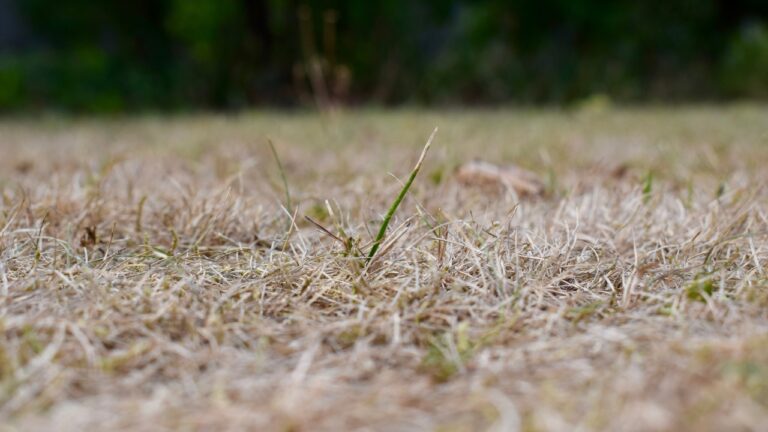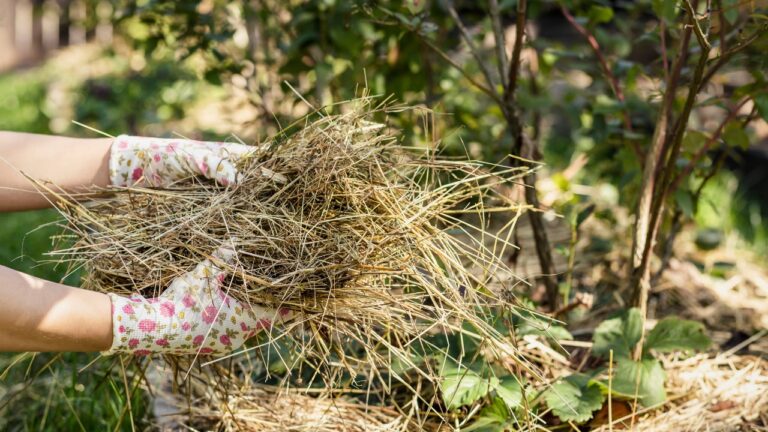10 Landscaping Mistakes That Can Destroy Your Curb Appeal
A yard doesn’t have to be fancy to look good, but there’s a big difference between simple and sloppy. I’ve seen a lot of folks spend money and time trying to improve their curb appeal, only to watch it go sideways because of a few small mistakes.
The truth is, most of the things that drag down your property’s look are easy to fix—once you know what to watch for. So if you’re trying to clean things up, start by making sure you’re not doing the stuff on this list.
Overgrown or untrimmed shrubs

Letting shrubs grow out of control makes a place look rough around the edges. When branches start blocking windows or crawling over the porch, it’s a sign things aren’t being kept up. It’s one of those small things that ends up dragging the whole place down.
Keep your shrubs shaped up. A couple trims a season keeps them under control and looking clean. You don’t have to get fancy with it—just make sure they’re not swallowing your house.
Neglecting edging along driveways and walkways
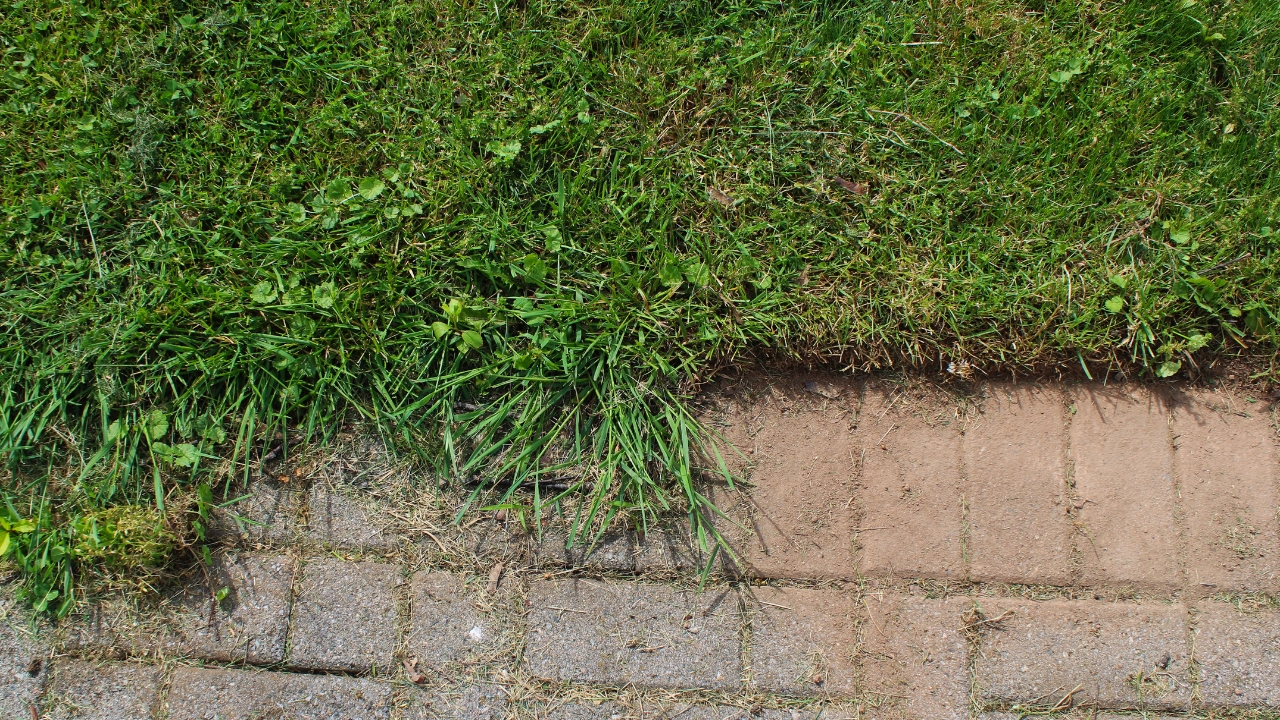
When grass and weeds start spilling over walkways or the driveway, it looks messy fast. Even if the lawn’s mowed, those sloppy edges throw off everything else.
Running an edger or even a flat shovel along those lines now and then sharpens up your whole yard. It’s quick work and makes a bigger difference than most folks expect.
Using too much mulch or the wrong kind
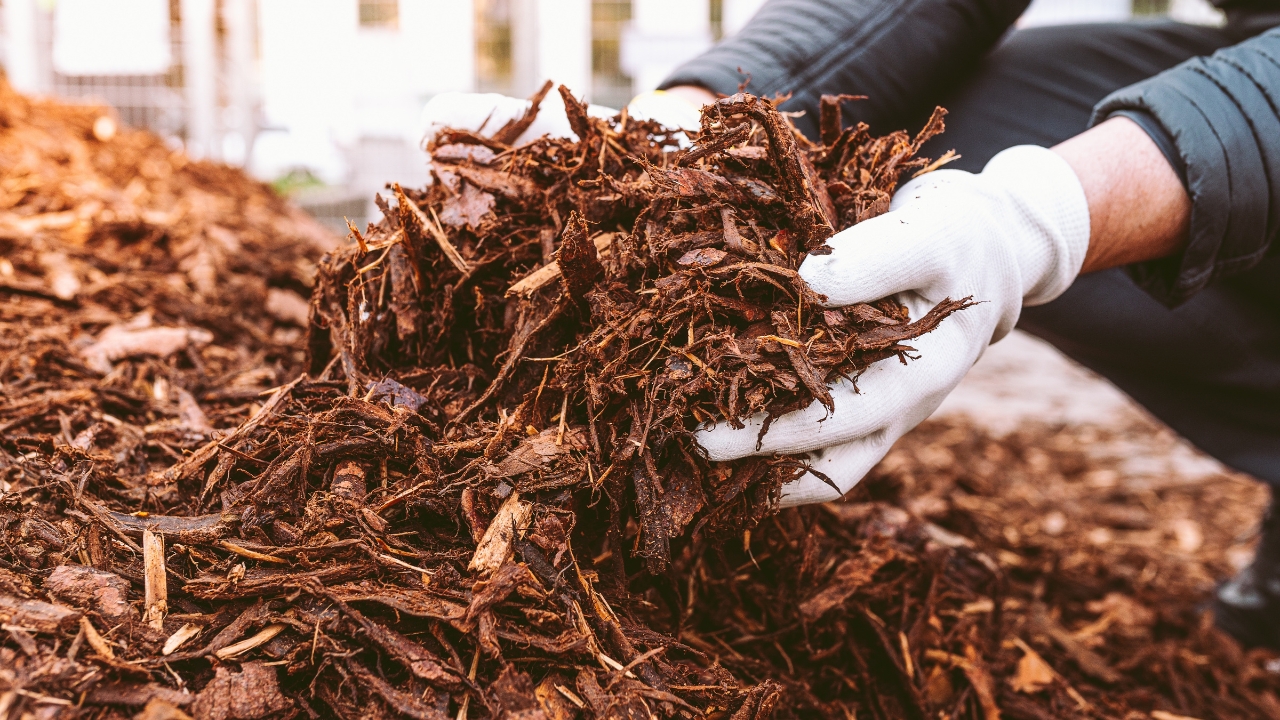
Mulch is great—if you don’t go overboard. Stack it too high or use the wrong stuff, and it’ll hold moisture against stems, attract pests, and even stink after a rain.
Stick with about two inches, and avoid volcano mulching around tree trunks. Shredded bark or wood chips are usually a safe bet. Keep it neat and your beds will stay healthier and better-looking.
Planting trees too close to the house

A tree planted too close to your house might seem fine when it’s small. But give it a few years and now you’ve got roots near your foundation and branches scraping your roof.
Always plan for the tree at full size. Most need at least 10 to 20 feet between them and a structure. It’s a lot easier to plant smart than it is to deal with root problems later.
Ignoring weeds in garden beds and cracks

Weeds have a way of making everything look half-done. A few in the garden or sticking out of the driveway can make it seem like the yard’s being ignored altogether.
Pull them when you see them, and don’t let them go to seed. For tight spaces, boiling water or vinegar can knock them back without chemicals. Stay on top of it before they spread.
Letting grass grow too tall or turn patchy
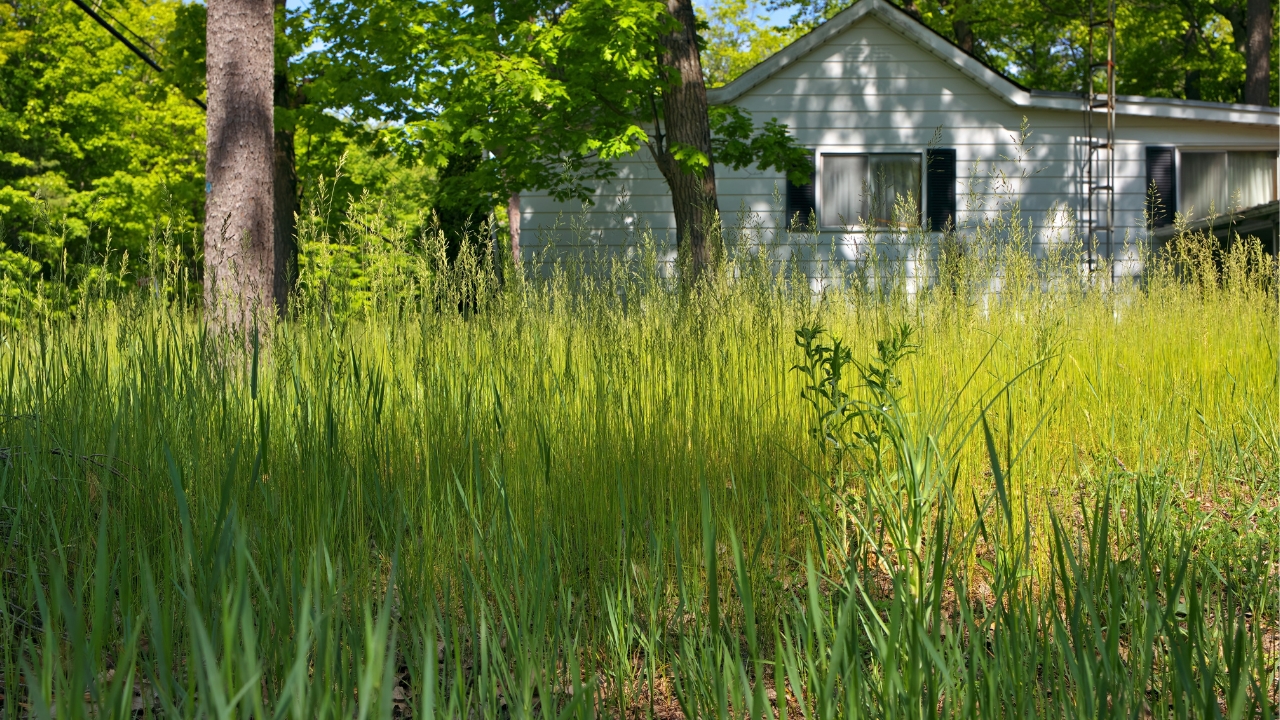
Let your grass grow too long and it starts looking like an abandoned lot. Leave bald spots, and it looks like you’re halfway through fixing something you never started.
Keep it mowed, not scalped. Stick to trimming no more than a third of the blade at a time. For bare spots, overseed early in the season and keep it watered until it fills in.
Using clashing or random decor pieces
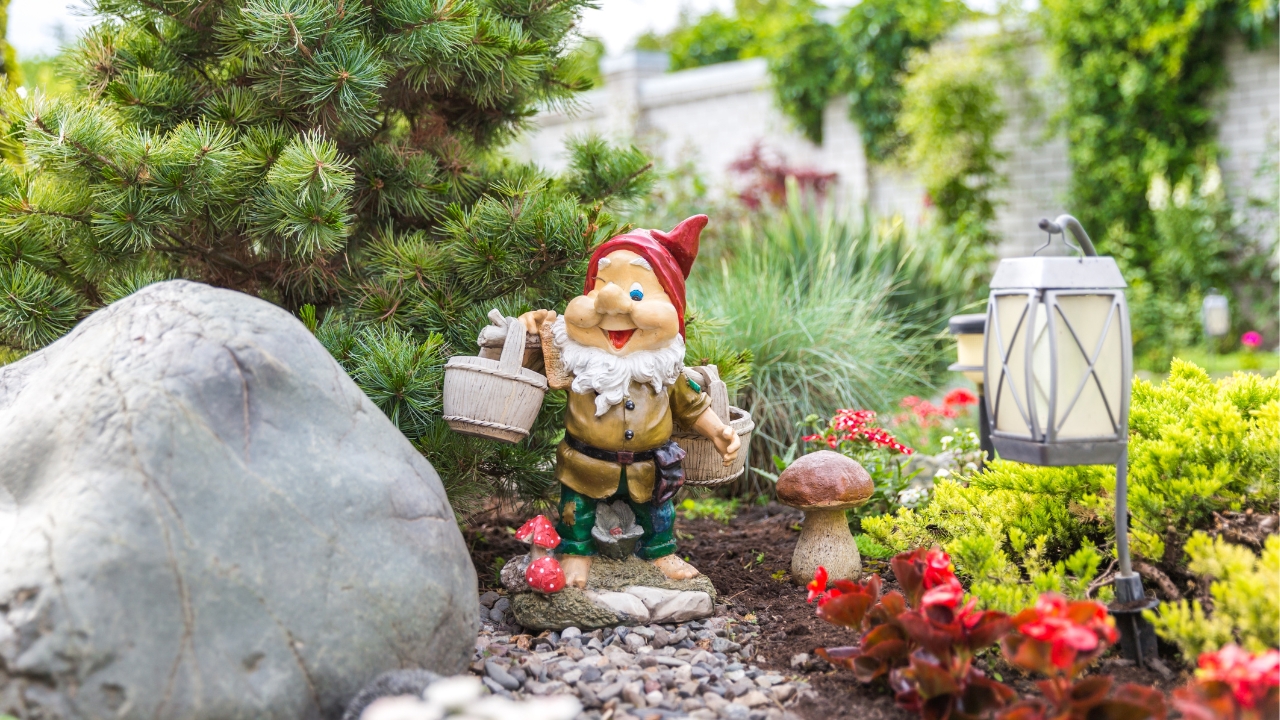
A couple well-placed decorations are fine, but scatter too many mismatched things around the yard and it turns into yard-sale chaos.
Stick to a theme and keep it simple. Too many styles competing with each other distract from the actual landscaping and make your yard feel crowded instead of intentional.
Poor drainage that leaves muddy patches

Standing water kills grass and draws mosquitoes. If your yard stays soggy after a rain, it’s not something to ignore.
You may need to regrade part of the yard, add a French drain, or extend gutter downspouts. It’s not the most fun job, but it’ll protect your lawn and your foundation.
Overcrowding flower beds
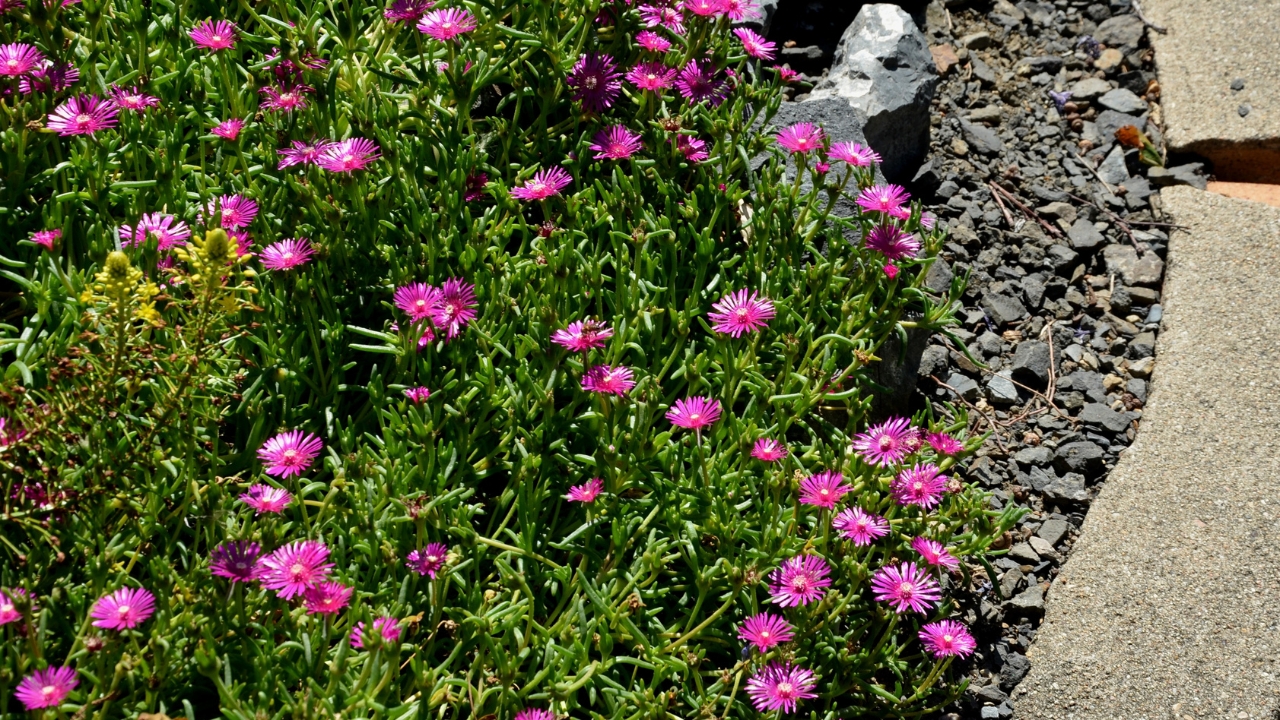
Packing too many plants into a small bed looks good at first—then they start choking each other out. They end up fighting for sun, water, and nutrients.
Give each plant enough space to grow the way it’s supposed to. Your beds will look healthier, last longer into the season, and need a lot less babysitting.
Dead or diseased plants left in place
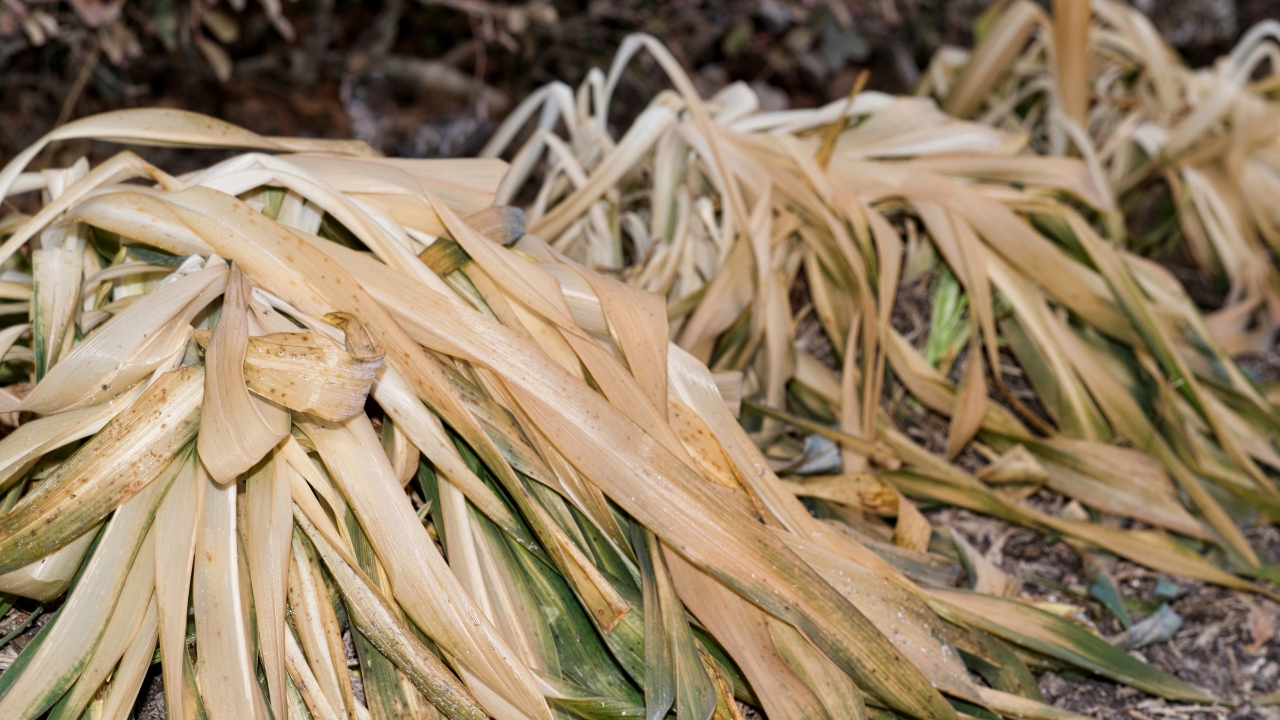
Leaving dead plants in your yard isn’t doing you any favors. They stand out and send a message that you’ve stopped paying attention. Plus, disease and pests can spread from one plant to another if you don’t clean them up.
Get in the habit of pulling or pruning things that are past their prime. It keeps the rest of your plants healthier and helps the yard look cared for year-round.
*This article was developed with AI-powered tools and has been carefully reviewed by our editors.


